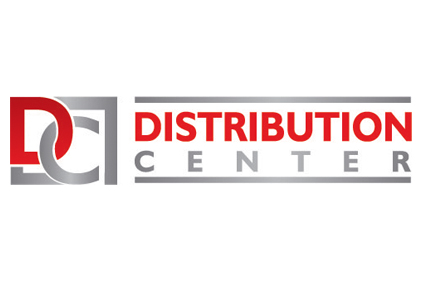According to Talbot Gee, HARDI executive vice president and COO, it is important to note that comparing this year’s unitary shipments to those of recent years does not provide an accurate barometer for the industry.
“It is best to compare growth to years where normal existed, which is 5-5.5 million unitary shipments,” he said. Gee added that distributors should set their goals accordingly. “Don’t try and get back to the same levels as before,” he said. “You need to grow outside of normal counter sales. You need to grow the parts and service business.”
The survey results highlighted key points:
• The residential market had a stronger June compared to April-May but sales were still weak, reflecting low-to-mid single-digit growth.
• A downbeat response to consumer spending, citing higher-than-expected averages in repair versus replacement. Gee noted, “Mid-
way through last year we saw a decoupling of shipment data and distributor growth. Distributors have adapted quickly to the service and repair business.”
• Increase in commercial sales, where 40 percent of respondents saw increases in sales versus 2010 where over 65 percent experienced decreases. This data reinforces HARDI’s opinion that OEM sales can outperform expectations through the end of 2011.
• Sales of R-22 were “all over the map” but most surveyed expected R-22 sales to accelerate in the third quarter of 2011. One survey respondent said he would sell more dry-ship units if his suppliers could keep up with demand.
• The step down in the tax credit for energy-efficient equipment has resulted in a decline in sales of 14 SEER units and a return to 2009 levels in sales of 16 SEER units.
• An increase in inventory levels, impacted by first quarter 2011 stocking of equipment ahead of price increases.
• Price increases are expected and prepared for, but HARDI believes the bigger concern is the increase in prices due to “years of efficiency mandates and refrigerant upgrades.”
• No clear trend in distributor consolidation, with most survey respondents seeing the same level of
distribution consolidation as 2010.
Reaction to Trends
Gee supports the survey findings, noting that distributors need to be more data-driven. “Too many times sales are anecdotal driven instead of relying on data and trends,” he said. “We want members to add more benchmarks. They should be more diligent to track yearly parts and components sales. They can better position themselves and make better decisions. “People should be trained to spend more time learning data mining.”
The data from this national survey is useful when checking national trends, but Gee noted that distributors should keep their eyes to the ground in their local markets. “Individual local distributors need to learn more about their local demographics rather than to follow national trends,” he said. “And it isn’t necessary to have herd mentality when following a national trend.”
There are ways to become more profitable in a soft residential market by using some of the parts and services already available to contractors, according to Gee. “There are many opportunities in add-on markets like IAQ and zoning,” he said. “Selling variable speed is big, too. Equipment manufacturers have seen the writing on the wall and are devoting more training in add-on sales.”
Gee would also like to see distributors maximize the software program they already have in place, making them more efficient and adaptable to market changes and customer demands. “Most distributors have advanced software systems but, in general, they only use about 10 percent of the software capabilities,” he said.
Gee said that HARDI is doing its part to keep up with the trends, upgrading technical training in online programs, which also include product specific training. “We would love to have more full system replacements, but there is still a healthy checklist of upgrade items contractors can sell,” he said.
Publication date: 09/05/2011


Report Abusive Comment